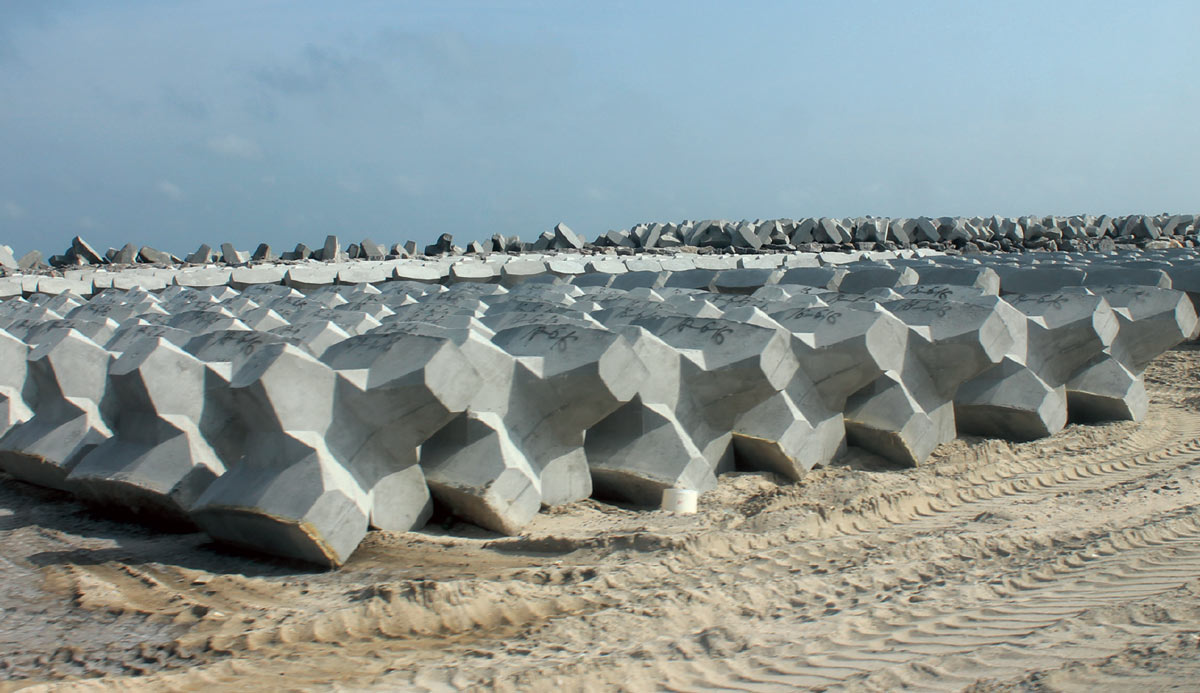Africa’s average cement consumption is 92kg per person; the global average, including China, is 513kg per person per year. With African economic growth rates well above the global average over the past decade, and as the economy and population in Africa continues to grow and urbanise, cement consumption is expected to surge in the next few years. Cement is clearly a key strategic sector on the continent, with significant players and, increasingly, African companies investing and exporting to other African markets.
Professor Lyal White, Director of the Centre for Dynamic Markets at the Gordon Institute for Business Science (GIBS), has extensive experience in ‘on the ground’ research and consulting, specialising in political economy and the business environment in dynamic markets. He also heads the Centre for Dynamic Markets Africa office in Nairobi where he spends time growing the GIBS footprint in Africa.
His case study on cement, published in 2015*, examines the growth of the Dangote Group in Nigeria and its ambitious expansion plans across Africa. This is an example of African capitalism, representing the new and somewhat nuanced style of doing business in Africa, which involves capital-intensive projects; unique methods and management approaches; new technologies and innovations; the ever-present role that the state plays; and the need for local partners or local content in new markets across the continent. Driven by the visionary leadership and energy of Aliko Dangote himself, the rise of Dangote also represents the changing geopolitics of the African region.
Nigeria is a good example of how certain protective measures and investment incentives have moved it from a primary cement importer, grossly under-supplied, to a self-sufficient market and ultimately an exporter of cement to other African markets over the relatively short time frame of 10-15 years. The case study shows that building financial markets along with progressive policies aligned to develop the competitive production of cement on the continent will have a direct and immediate impact on reducing the price of cement. This will, in turn, serve as an economic multiplier through infrastructure development and construction towards Africa’s urban future.
While Africa-wide strategies may start in the boardroom, the real work of establishing which African market to target, and when, begins on the ground, immersed in the market itself.
With this rationale, GIBS has run the Business of Africa programme for five years in succession, taking groups of researchers and industry professionals on a facilitated learning immersion from Johannesburg, South Africa, to Nairobi, Kenya and Lagos, Nigeria. The intensive nine-day programme provides the opportunity for participants to engage with and learn from local and international business executives, policy-makers and entrepreneurs from a range of sectors in these markets.
The debate around ‘emerging’ Africa has reached a new juncture. With growth rates still well above the global average, the debate is not merely about identifying new markets; it has become more measured and up-tospeed with the rest of the developing world.
The programme demonstrates the critical importance of context in shaping and driving strategy in Africa, and the value of constructive immersion and engagement. Samuel Johnson’s old adage carries resonance, while gauging the threats and opportunities beyond the hype and hopes for the continent: “The use of travelling is to regulate imagination by reality, and instead of thinking how things may be, to see them as they are.”
*White, L. (2015). The case of cement. In T. McNamee, M. Pearson & W. Boer (Eds.), Africans investing in Africa: understanding business and trade, sector by sector (pp. 124-146). London: Palgrave Macmillan.
 A city centre scene, Lagos, Nigeria
A city centre scene, Lagos, Nigeria
 At the building site of Eko Atlantic City, Lagos, Nigeria. The accropodes line the Great Wall of Lagos and are made on site, weighing 5 tons each.
At the building site of Eko Atlantic City, Lagos, Nigeria. The accropodes line the Great Wall of Lagos and are made on site, weighing 5 tons each.